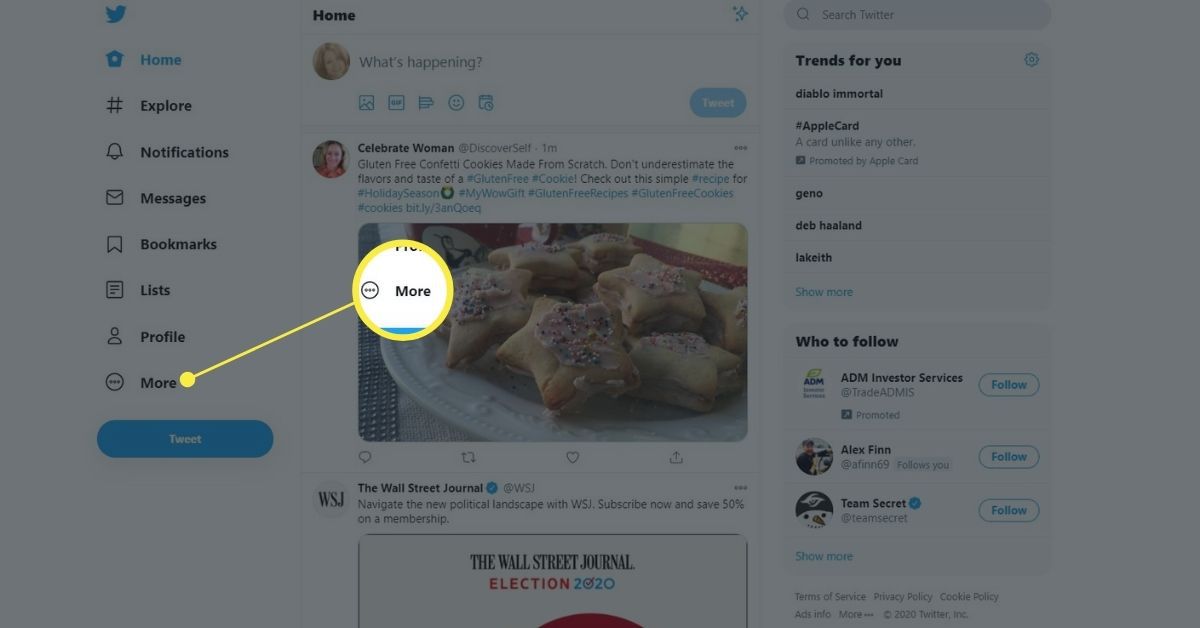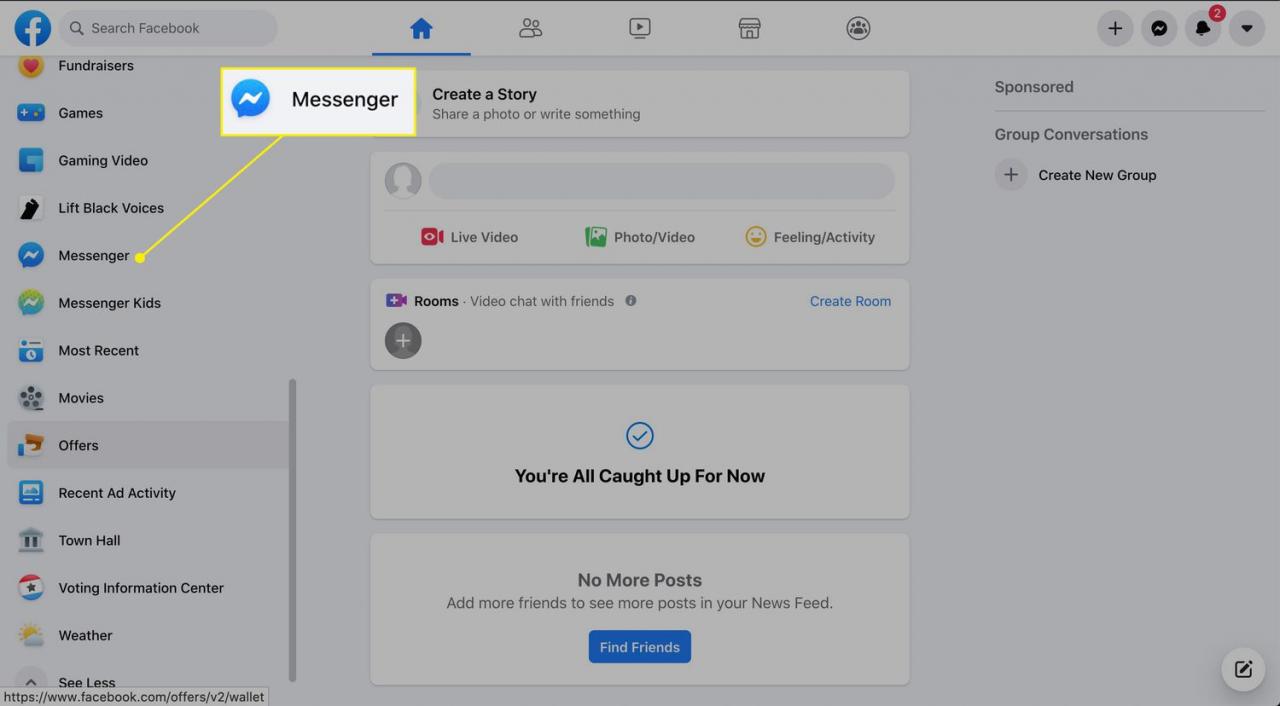
If you have cash savings in the bank, 2023 is shaping up to be a banner year. And we still have more than six months to go.
Rates on savings, cash market, and certificate of deposit (CD) accounts have actually taken pleasure in a remarkably fast climb that started 15 months ago, so far pushing yields to their greatest level in nearly 16 years. Lots of savings options now pay 5.00% or better.
But how did we get here? And why now?
Key Takeaways
To fight decades-high inflation activated by the pandemic, the Fed has actually treked the federal funds rate to its greatest level in practically 16 years.The rates you can earn on cost savings, cash market, and CD accounts are straight influenced by the federal funds rate. When it rises, so do bank deposit rates, and vice versa.Returns on the very best high-yield cost savings accounts, cash market accounts, and CDs now pay 5.00% or more.The last time the fed funds rate was this high was September 2007, prior to the financial crisis of 2007-2008. It was the outcome of a 2004-2006 Fed rate-hike campaign likewise targeted at taming inflation.At its conference today, the Fed held rates consistent for now but indicated it expects to make two extra small rate hikes this year.
When It Comes to Savings Rates, It’s All About the Fed
When banks and cooperative credit union consider what they are willing to pay clients for their cash deposits, it’s everything about the Federal Reserve. Or more specifically, the federal funds rate.
The fed funds rate is what banks have to pay for overnight loans. When the federal funds rate is high, it means cash from the Fed is costly for banks, making it more cost-efficient for them to raise needed cash from customers instead. They do this by drawing in deposits with enticing interest rates.
Alternatively, when the federal funds rate is low, it indicates Fed money is cheap, giving banks little reward to pursue customer deposits.
Now, the federal funds rate is the greatest it’s been considering that September 2007. And as an outcome, rates on cost savings, cash market, and CD accounts have actually skyrocketed to 16-year highs.
We track the top nationally readily available deposit rates every day, and you can presently find lots of options paying 5.00% or better in our rankings of the very best high-yield savings accounts, the very best money market accounts, and the very best CD rates.
Why the Fed Rate Is So High Right Now
Every 6 to eight weeks, the Fed’s rate-setting committee fulfills to discuss where the economy is and where it’s headed. Of particular interest to the Fed is inflation and unemployment rates, and when one of these is not at a level the Fed considers healthy for the economy, it takes action. If inflation is running too hot, for example, the Fed will raise the federal funds rate as a method to get inflation under control.
That’s exactly what’s occurred in 2022 and 2023. Set off by the pandemic– and the various consumer and supply-chain disruptions it wrought– inflation started surging, ultimately surging to a 40-year high last June. Instead of the Fed’s preferred 2% target inflation rate, the June 2022 reading was an impressive 9.1%.
The Fed’s remedy has been an aggressive rate-hike campaign launched in March 2022 that raised the federal funds rate extremely fast, including 4.25% in 2022 and another 0.75% up until now in 2023.
When Was the Last Time the Fed Pushed Rates This High?
Up until now, the current federal funds rate is sitting somewhat listed below the peak rate executed by the Fed prior to the 2007-2008 monetary crisis. Like the current rate-hike project, the Fed started raising rates in 2004 in action to inflation that had started registering above 3%. The Fed pushed the fed funds rate slowly but progressively all the way into 2006, and after that held it at 5.25% till September 2007.
However then came the Great Recession, and to decrease financial damage to customers and the economy, the Federal Reserve dropped rates all the way to 0% in December 2008. What followed was an impressive seven-year period of a near-zero federal funds rate, which in turn tanked the rate of interest consumers might make on their cost savings.
When the pandemic hit in March 2020, the Fed once again drastically dropped rates to no in a bid to fend off monetary collapse, and it kept rates there up until March 2022. All told, 9 of the last 15 years have been defined by abysmal returns for savers.
Will Rates Move Higher Still?
The existing inflation pattern has actually proven persistent, and though development has been made, the most recent report, released today, shows a May inflation rate of 4%. Because that remains well above the 2% target level, the Fed has signaled it likely still has work to do.
At its meeting this week, the Fed chose to hold rates constant in the meantime, for the first time in 11 meetings. Its post-meeting report showed that the majority of Fed members expect to execute 2 more rate walkings this year. If that concerns fulfillment, it would likely raise the federal funds rate by another 50 basis points, and at 5.50%, it would go beyond the peak fed funds rate of 2006-2007.
If we do see further boosts by the Fed, that would equate into additional rate improvements for savings, cash market, and CD accounts also, meaning today’s record rates may not be the end of the delighted roadway for savers.
Rate Collection Methodology Disclosure
Every organization day, Investopedia tracks the rate information of more than 200 banks and cooperative credit union that provide cash market, savings accounts, and CDs to clients nationwide, and figures out daily rankings of the top-paying accounts. To get approved for our lists, the organization needs to be federally insured (FDIC for banks, NCUA for cooperative credit union), and the account’s minimum preliminary deposit need to not surpass $25,000.
Banks must be offered in a minimum of 40 states. And while some credit unions require you to donate to a particular charity or association to become a member if you don’t satisfy other eligibility requirements (e.g., you do not live in a specific location or work in a specific type of task), we leave out cooperative credit union whose contribution requirement is $40 or more. For more about how we choose the very best rates, read our complete method.












